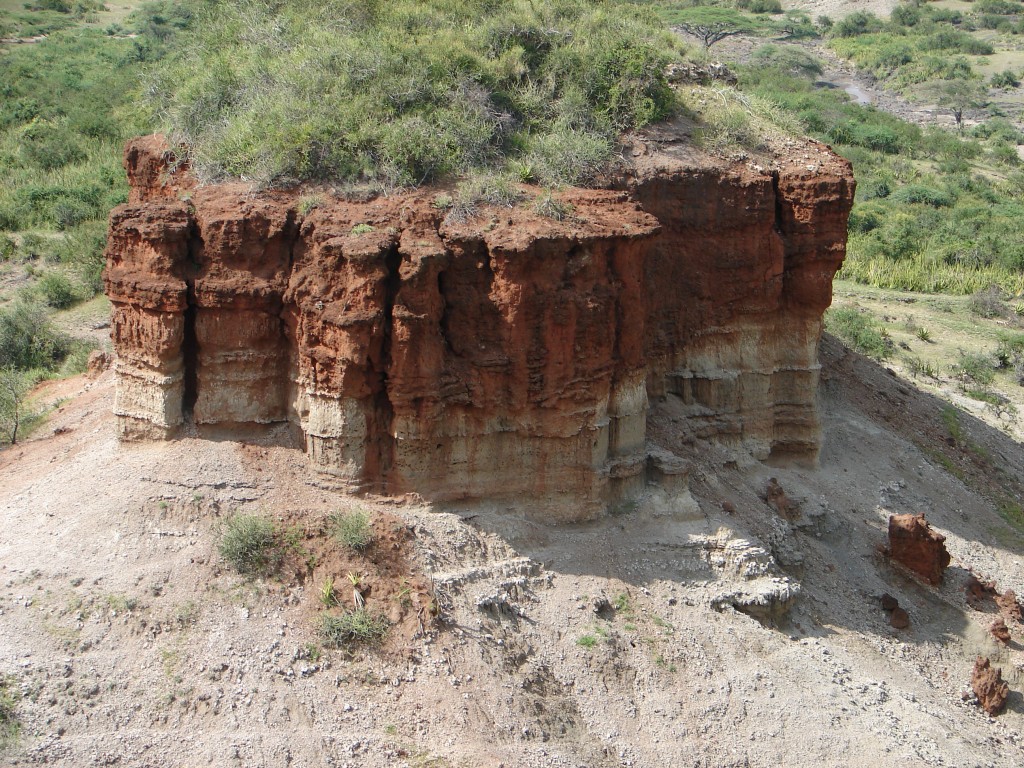 Olduvai Gorge & Laetoli
Olduvai Gorge & Laetoli
Over the last thirty years or so, it has become increasingly apparent that Africa is probably the “Cradle of Mankind”. From Africa they spread out to populate the rest of Earth. Remains of the earliest humans were found in Olduvai Gorge.

Olduvai Gorge (originally misnamed Olduvai) is the most famous archaeological location in East Africa, and has become an essential visit for travelers to Ngorongoro or Serengeti. At Laetoli, west of Ngorongoro Crater, hominid footprints are preserved in volcanic rock 3.6 millions years old and represent some of the earliest signs of mankind in the world. Three separate tracks of a small-brained upright walking early hominid. Australopithecus afarensis, a creature about 1.2 to 1.4 meters high, were found. Imprints of these are displayed in the Olduvai museum.

More advanced descendants of Laetoli’s hominids were found further north, buried in the layers of the 100 meters deep Olduvai Gorge. Excavations, mainly by the archaeologist Louis and Mary Leakey, yielded four different kinds of hominid, showing a gradual increases in brain size and in the complexity of their stone tools. The first skull of Zinjanthropus, commonly known as ‘Nutcracker Man’ who lived about 1.75 millions years ago, was found here. The most important find include Home habilis, Zinjathropus and the Laetoli footprints.

The excavation sites have been preserved for public viewing and work continues during the dry seasons, coordinated by the Department of Antiquities. One may visit Olduvai at all times of the year. It is necessary to have official guide to visit the excavations. At the top of the Gorge there is small museum, a sheltered area used for lectures and talks, toilets and a cultural Boma. Local Maasai souvenirs are also available. Thus, Olduvai and Laetoli makes the Ngorongoro Conservation Area an important place in the world for the study of human origins and human evolution.









